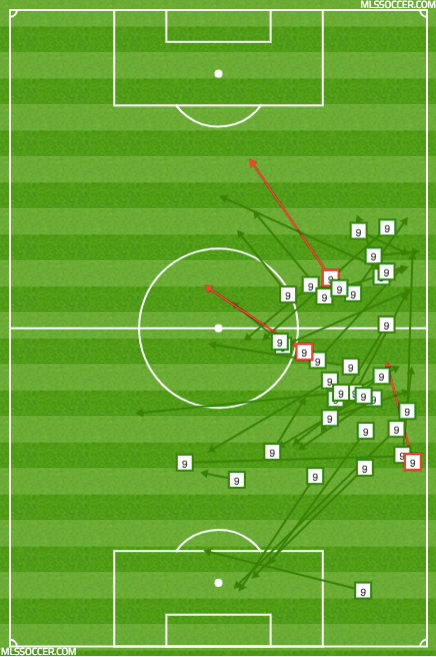Offseason Outlook: FC Cincinatti
/FC Cincinnati’s life in MLS started in 2019 with a roster build that received a near-universal side-eye. The year ended with the team grasping for scraps of dignity (rough translation: losing every hand in a game of strip poker on a very, very cold day). The 2019 season would see Cincy take disturbingly credible runs at the league records so awful that they looked like they’d haunt the teas that set them for year to come, maybe decades – e.g., DC United’s 2013 record for single-season losses (24) or Orlando City SC’s 2018 record for goals allowed (74).
Cincinnati took only one of those records – the new high-low bar for goals allowed is 75! – but, sweet baby Jesus, did their season die a brutal death and with abundant co-morbidities. Long scoring droughts ruthlessly paired with defensive meltdowns throughout the 2019 season (e.g., a 1-5 road loss to Orlando, a home loss by the same score to Toronto FC, or the 1-7 mid-season loss at Minnesota, aka, The Game that Stabbed Hope Over and Over and Over and Over and Over and Over and Over).
So, what the hell happened? What went wrong, I mean besides “so many things, more than the hairs on your back”?
Read More






